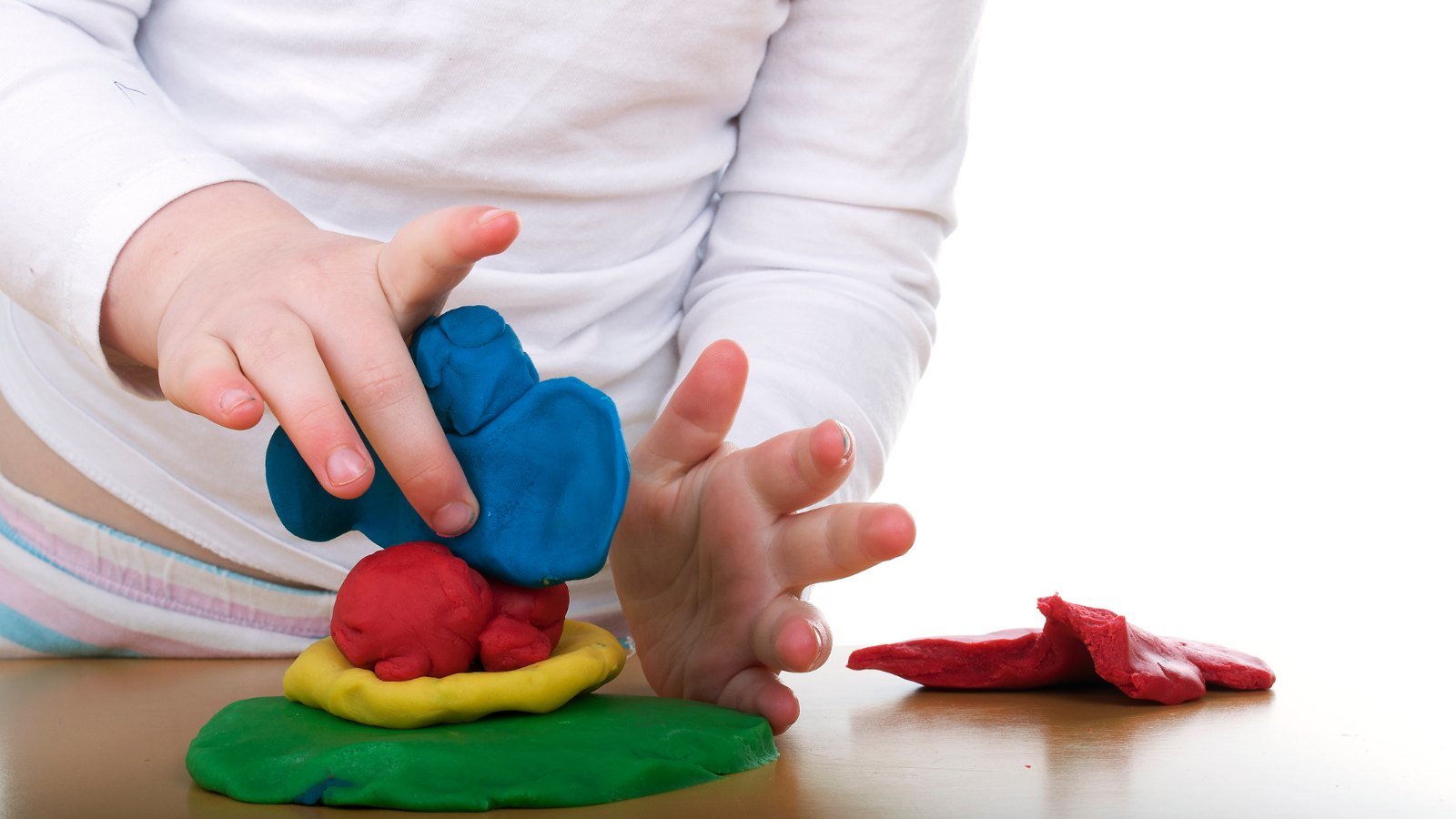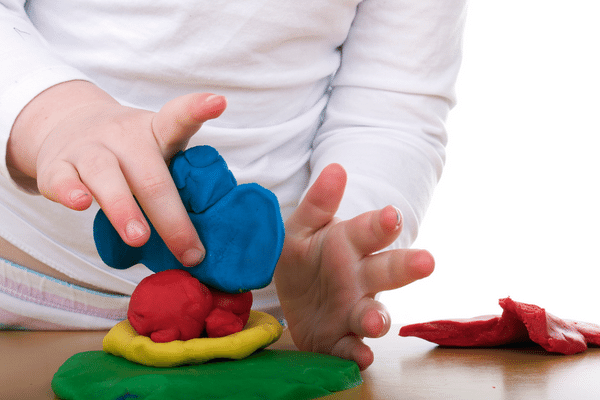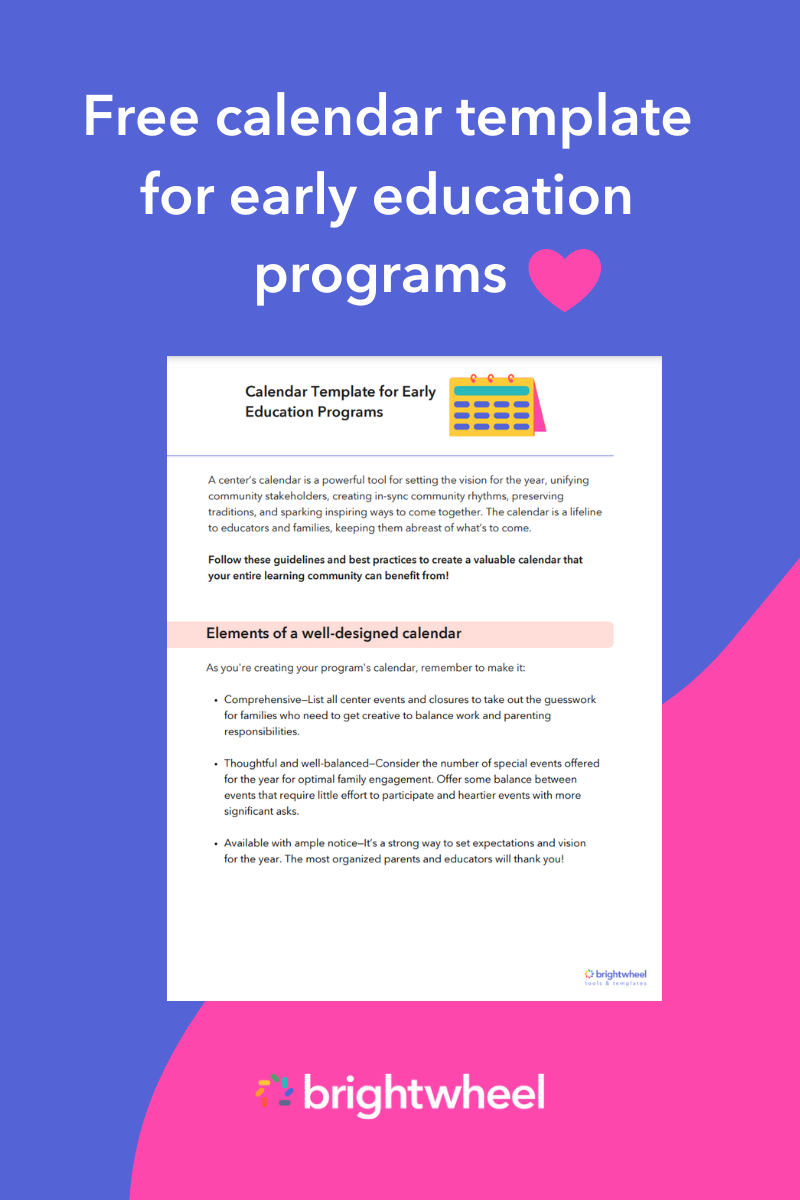
Preschool is about setting the foundation for the rest of a child’s education. Although children are typically not learning to write at the preschool age, learning to write is a fundamental building block for education. Instead of teaching preschoolers how to write, preschool teachers usually create ways for children to mentally, academically, and physically prepare for writing. This focus on pre-writing helps get them ready in a fun, engaging way.
What are pre-writing activities?
There is a lot preschoolers must learn before they even pick up a pencil. Since preschoolers typically are not quite ready to learn how to read or write, pre-writing activities prepare them for writing. Writing requires not only an understanding of the alphabet and the concept of words and sentences, but it also requires the use of motor skills and advanced comprehension. Pre-writing activities can equip children to excel in writing (and reading) throughout their school years.

The importance of pre-writing activities
Since preschoolers typically aren't quite ready to read or write, pre-writing activities prepare them for both.
Reading requires not just an understanding of the alphabet and the concept of words and sentences but a higher level of comprehension. Learning that letters make words, words make sentences, and sentences convey messages and ideas is a process. Pre-writing is the start of that journey toward reading.
Writing also requires an understanding of the alphabet and the concept of words and sentences, but it also requires motor skills and even more advanced comprehension. Reading sentences and understanding their messages is one skill; conceptualizing their ideas and conveying them into letters, words, sentences, and even paragraphs is an additional skill. Pre-writing activities can equip children to excel in reading and writing throughout their school years.
What pre-writing activities teach children
Pre-writing is a gentle introduction to the concept and practice of writing. It’s so important because it teaches children a lot of what they will need to master to become a great writer. Those skills take time to hone, so it’s great to start practicing early. Pre-writing helps children develop the following:
- Attention span: Writing takes time and cognitive stamina, so children need to learn how to focus for an extended period of time.
- Fine motor skills: Holding a pencil and maneuvering it with precision requires well-developed motor skills.
- Forming patterns: Letters are patterns of shapes and lines, so it’s helpful to learn how to form simpler patterns beforehand.
- Crossing the midline: The midline is the imaginary vertical line that splits the body down the middle, so crossing it allows children to do things like use their right hand to write on the left side of a page.
- Hand-eye coordination: How well a child can guide their hands based on what their eyes see will influence how accurately they can write letters.
How to teach pre-writing skills
Since pre-writing essentially functions as a prerequisite to reading and writing, it has to be taught with that purpose in mind. Overall, keep the process fun and engaging for children. Take your time to develop a thorough strategy for incorporating pre-writing into your classroom.
Understand how and where to begin
First, focus on all the skills children must master for comprehensive reading and writing. For example, reading requires letter recognition, phonological awareness, vocabulary, reasoning, comprehension, and fluency. Writing requires all the skills of reading, plus muscle development and coordination, hand-eye coordination, fine motor skills, and general communication with words. All of these skills are the starting point for creating pre-writing activities for your class.
Implement a variety of activities that meet each child's developmental needs
Creating activities that meet the various developmental needs of each child is a great strategy for teaching pre-writing. Certain activities may focus on one developmental skill, and others may incorporate multiple. For example, finger painting on a letter template utilizes letter recognition, hand-eye coordination, and fine motor skills. Playing a matching game where children pair up a capital letter with its lowercase counterpart calls upon cognitive development. Rotate between various activities to ensure children are making progress in each area that pre-writing helps improve.
Focus on developing specific skills
As you create activities, pinpoint the specific skill or skills each one is meant to develop. For instance, certain activities replicate the fine motor skills needed to hold and accurately control a pencil. Prioritize their skill-building for how they hold their tool, find their grip, and precisely wield it, instead of just what they should be drawing or writing with that tool. When teaching pre-writing, focus the activities on specific elements of the skill set required for reading and writing.
Simple pre-writing activities
Some pre-writing activities include:
Salt tray drawing
Start with any dish big enough to become a writing space. It may be a baking sheet, plastic container, or spill-proof box. Next, you’ll need a large container of salt or something similar such as sugar, sand, or soil. Put colorful construction paper at the bottom of the container, then fill up the container with just enough of the salt to cover the paper. Then, write a few letters on post-it notes or index cards and place them at the front of the container standing upright. Children can use their fingers to write the letter into the sand or sugar and run their hands over it to smooth it back out when they’re done. This activity focuses on fine motor skills and letter recognition.
Scribble drawing
For this activity, you’ll need white paper, colored construction paper, a black marker, scissors, and crayons. Have the children use a black marker to draw a spaced-out scribble design on the white sheet of paper. Then, children will use the crayons to color in the spaces between the scribbled lines. Cut out their scribble design once it’s all colored in, and then glue it to the colored construction paper to make an abstract work of art. This activity helps children learn to manipulate a writing utensil with purpose and precision.
Pipe cleaner bracelets
All you’ll need for this activity is a colorful variety of pipe cleaners and beads. Let children pick their favorite pipe cleaner and an assortment of beads. Show them how to fold one end of the pipe cleaner and seal it with two beads, then let them create their own unique bead pattern for their bracelet. This activity helps children learn more complex hand-eye coordination and get more familiar with creating patterns.
Play dough shapes
For this activity, give the children play dough and guide them in making simple shapes such as squares, rectangles, circles, and triangles. This activity improves fine motor skills and helps children learn how to make some of the same lines and angles that form letters.
Play dough shapes with sticks
Help children work with the play dough in a slightly more advanced way by adding sticks or toothpicks. The sticks make the shapes, and the play dough holds the form together. This hones more precise motor skills and understanding of how lines connect to form shapes and letters.
Q-tip painting
This activity, also known as dot painting, can be done with other tools, but Q-tips or cotton swabs are a common choice. Put various paint colors on a plate or tray, then let children use the cotton swabs to dip into the paint and make a design by dabbing it on a piece of paper. This activity helps children create patterns, precisely grip a tool, and learn spacing.
Chalk drawing on paper
First, cut out simple shapes from cardboard or construction paper. Then, children can use your cutouts to trace the shapes in chalk onto a piece of paper. This is a great activity for children still learning to hold a writing utensil as a larger tool like chalk is easier to hold and manipulate. This activity also helps them prepare for tracing letters.
Alphabet stamps
Find a set of alphabet stamps and ink, ideally with various colors. Children can try to stamp the whole alphabet or individual words. This is a great activity for letter recognition, cognitive growth, and fine motor skills for holding a writing tool.
Create your own pre-writing activities
Introducing pre-writing activities and encouraging your preschoolers to write greatly increases their ability to become strong writers in the future. There are countless ways to hone the cognitive and motor skills children need for writing. Create or find activities that work best for your classroom and incorporate them into your lesson plans.

